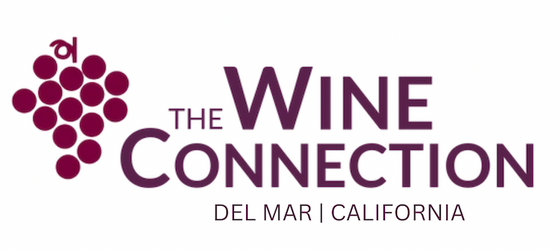Better With Age? (Part 2)

To follow up last week’s post I would talk about wines with some serious aging potential – how about white Burgundy?
‘White Burgundy’ should not just be your grandmother’s favorite aperitif. Chardonnay grown in the Kimmeridgian soil of the Cote d’Or is serious juice. And the wines from this region can boast excellent aging potential. For those of you who are unfamiliar, white Burgundy refers to an iconoclastic style of wine, perhaps one of the most important worldwide. Chardonnay is the grape utilized to make this delicious stuff and it’s made in Burgundy, France. Burgundy is a North-South sliver of oenological heaven that exists between the cities of Dijon and Lyon in eastern France. The region is among the most significant wine producing regions on the planet, if not the most significant one.
I had the most unexpectedly pleasant opportunity to taste two wines this week that totally changed my palate for good – a 1995 Grand Cru ‘Batard-Montrachet’ and a 1996 Premier Cru ‘Les Folatieres.’ Needless to say these wines are a bit on the older side for their expected levels of age-ability. Vintages can be quite fickle in that depending on the year itself that the wine was produced, as we discussed last week, the wine can either have long-term aging potential or the inverse.
I learned two lessons this week. The first is this: don’t overage your wines. The ’95, though Grand Cru, was completely oxidized. A deep honeyed brown sugar color in the glass. Really disappointing, because that wine about 10 years ago would have been fantastic, but now it’s about as good as… Barefoot California Chardonnay. The second lesson I learned was this – 1996 was not only a good year for being born ;) but also a great year to make white Burgundy! The ’96 appeared quite golden in glass when it was first poured and had the aroma of quite severe oxidation. Toasted hazelnut, roasted pineapple, and piss. Luckily things changed!
The bottle completely evolved over the following few hours and to my surprise, the wine showed immense character and beauty. Green melon, candied ginger, lemon custard – I have never experienced such mouth-searing acidity with a wine before. Woah. Like liquid lemon drops, I can still taste it now! pH and titratable acidity play a big role in the age-worthiness of a wine. If a grower has a cool, moderately dry growing season, this lends better conditions for grapes to maintain a lot of their naturally occurring acid that make the resulting wines prepared for the long haul of sitting in a dark dusty cellar for a decade or two. In this case, my mind was completely blown. I don’t know when the next time is that I will have the opportunity to taste white Burg from the 90s, but if I have a say in it it’ll have to be from ’96.
Does one year make the difference as far as aging potential goes? The answer is…no. The single year difference in age had nothing to do with why the ’96 was drinking and the ’95 was dead. The answer is – aging potential. A topic we will continue on more specifically next week. Until then!


![[Video] Steak Sandwich w/ Wine Pairing](http://thewineconnection.com/cdn/shop/articles/20_1600x.png?v=1651179510)
![[Video] Passion Fruit Tart w/ Wine Pairing](http://thewineconnection.com/cdn/shop/articles/19_1600x.png?v=1651179483)
